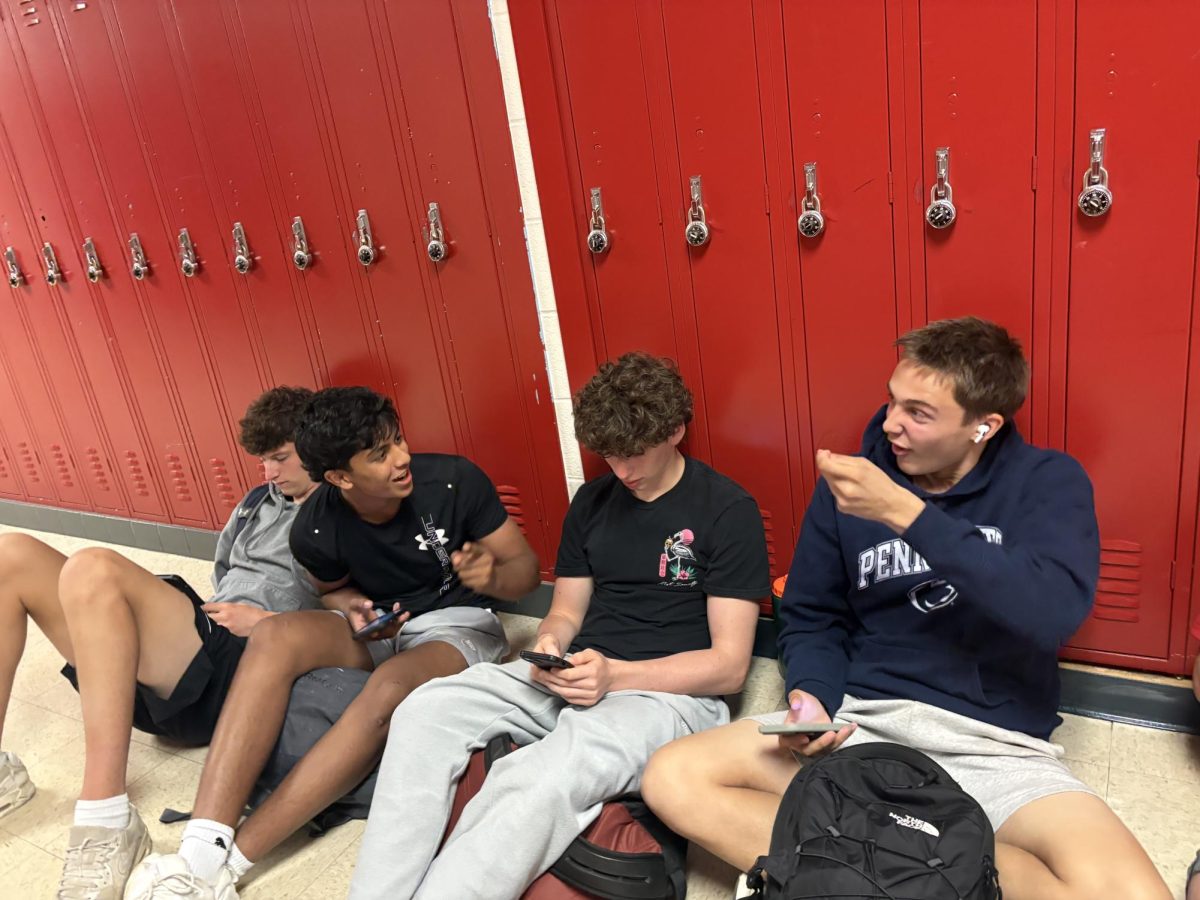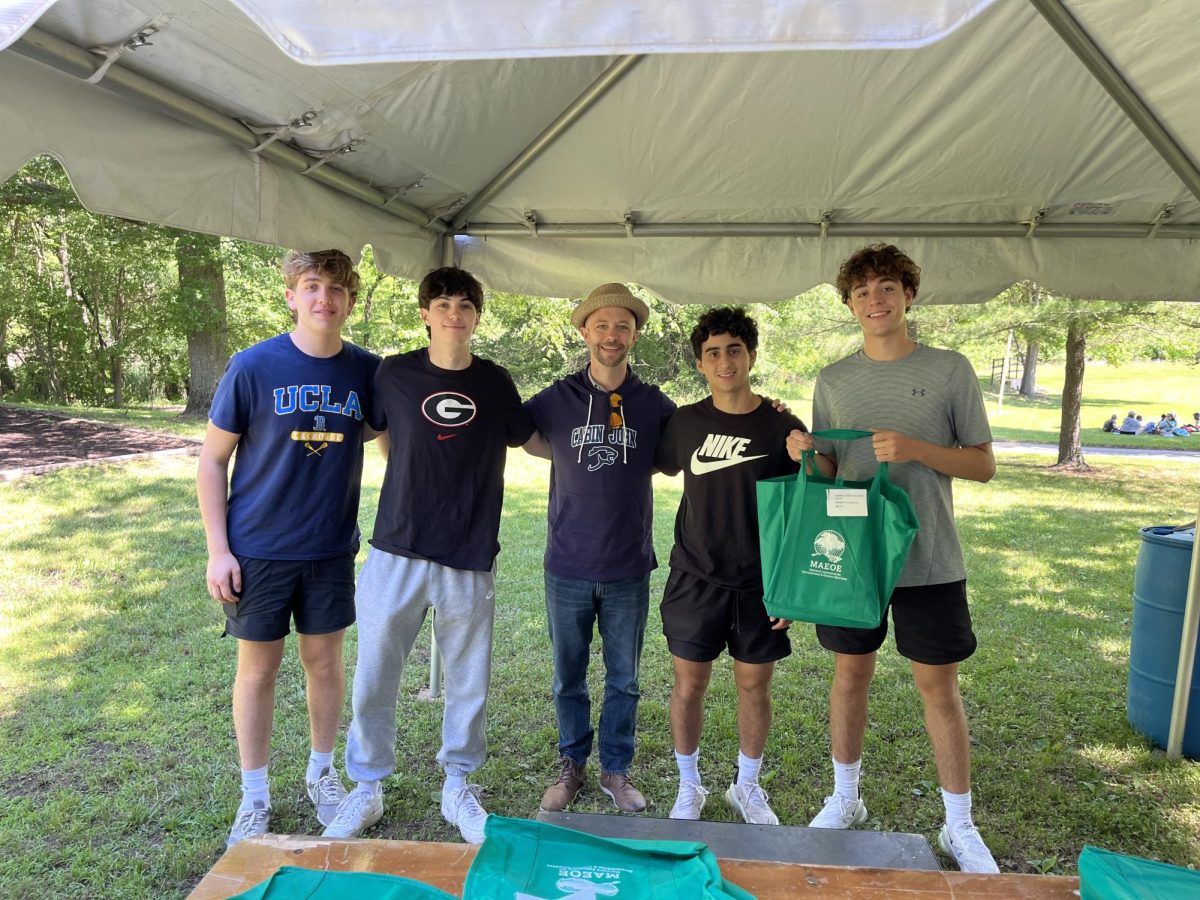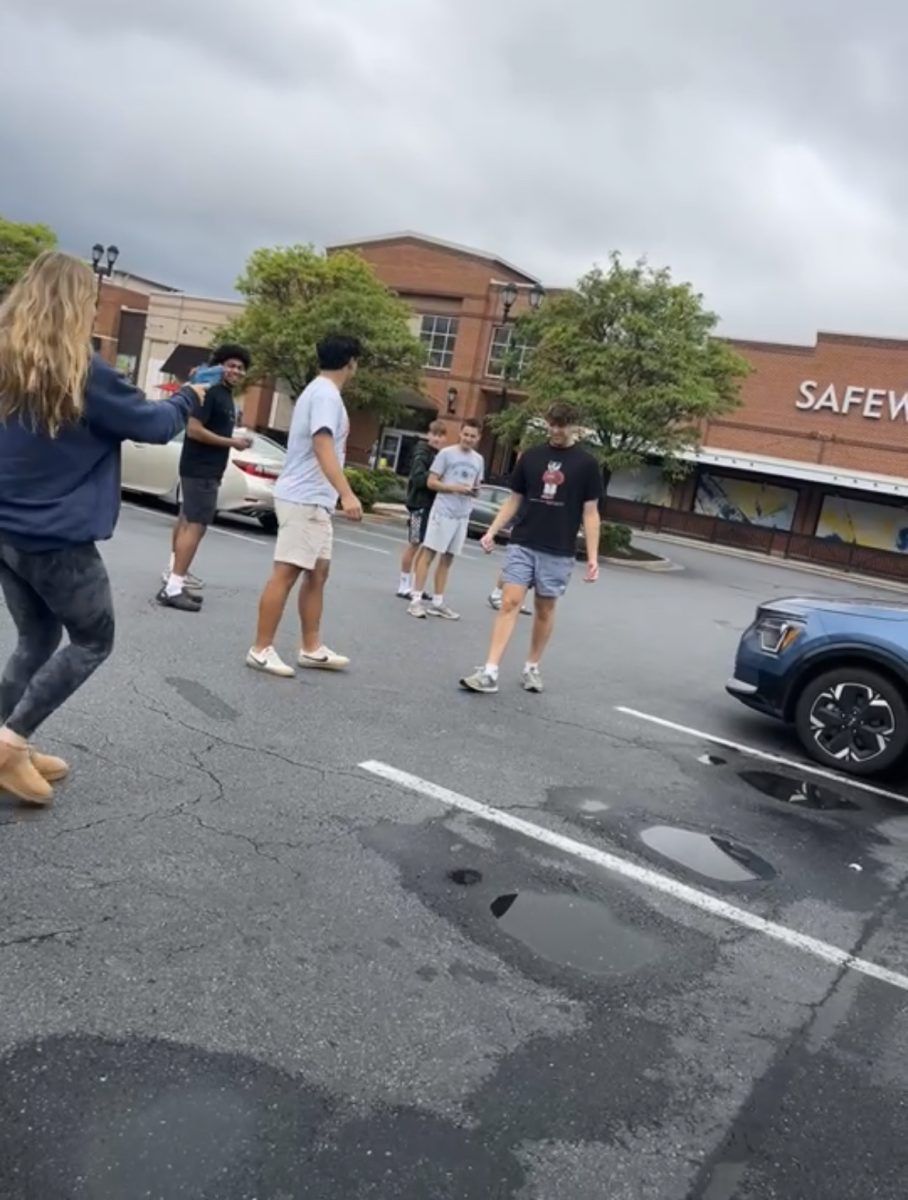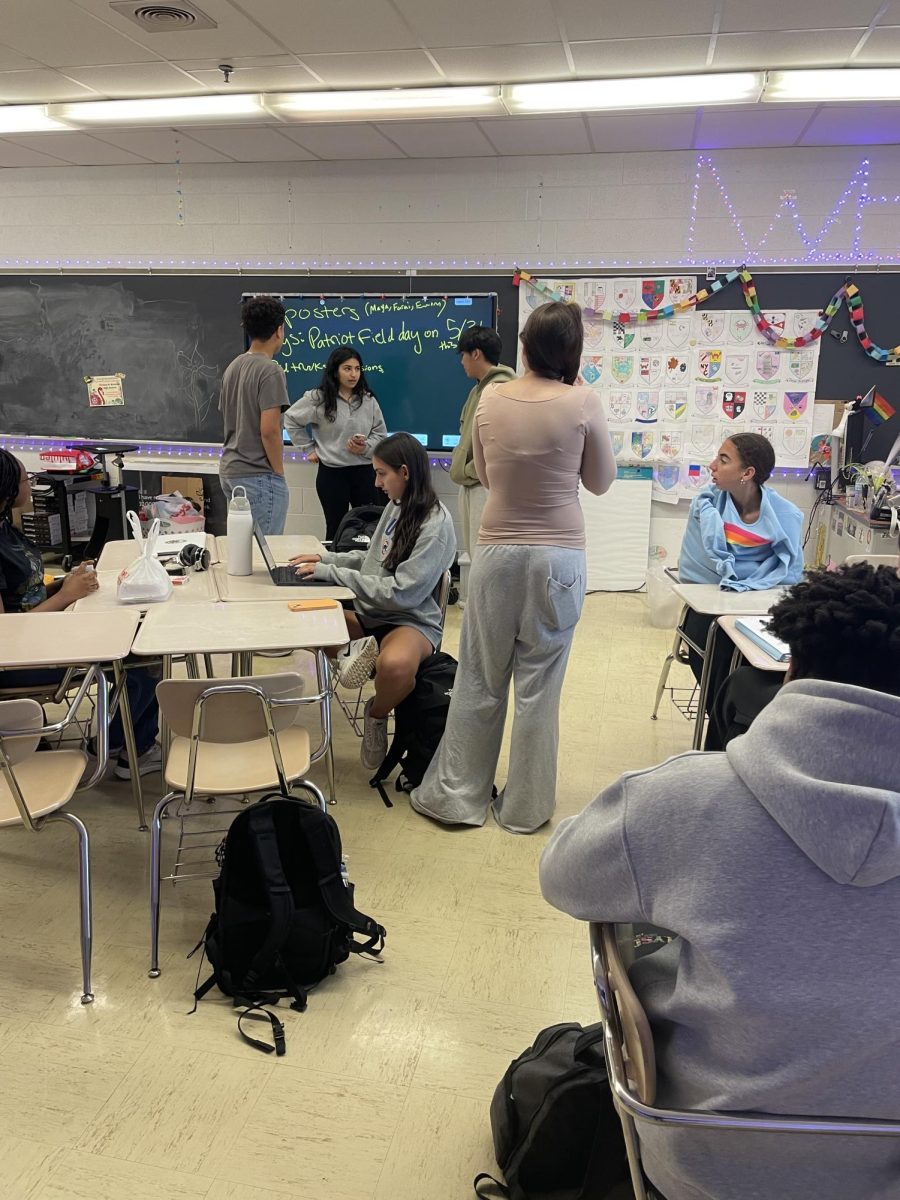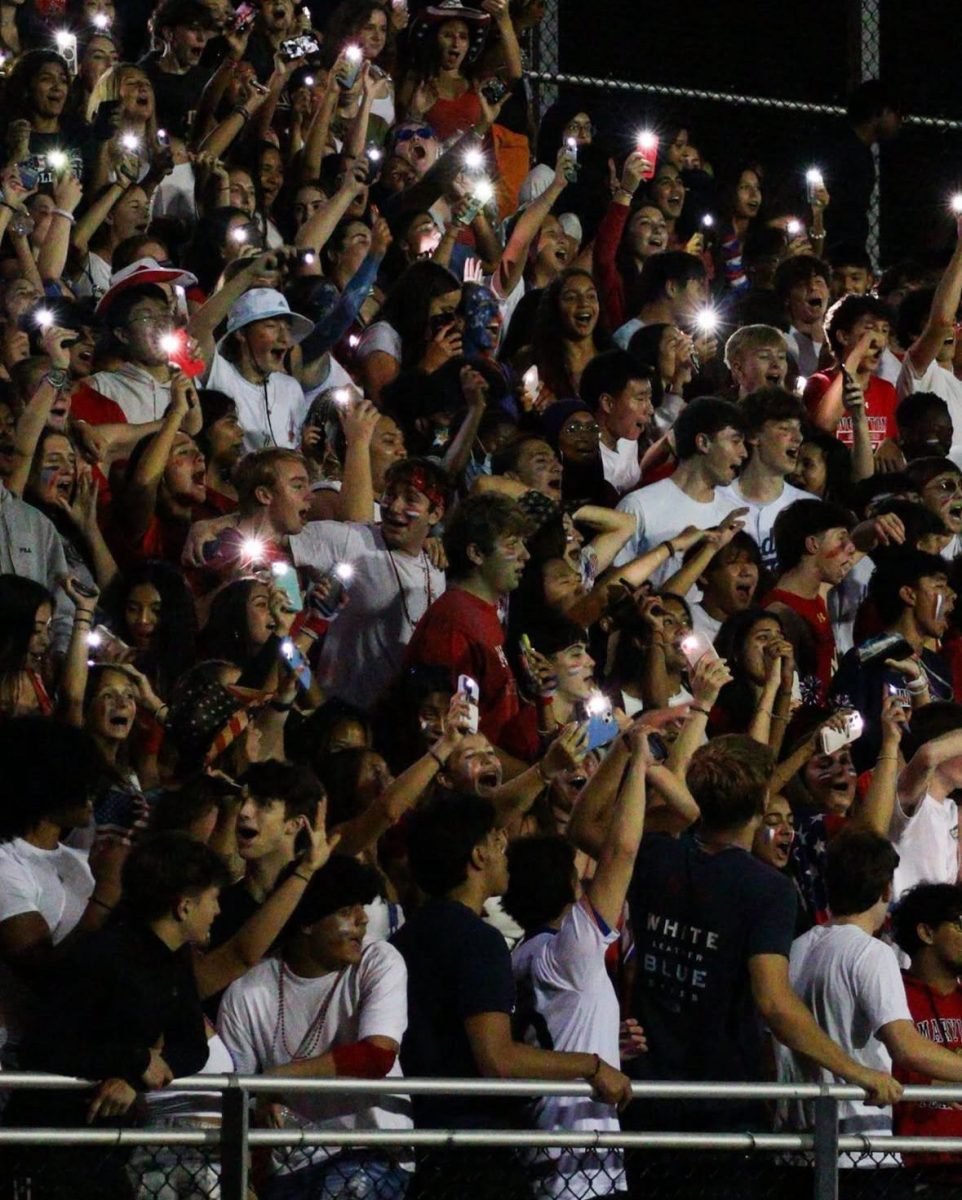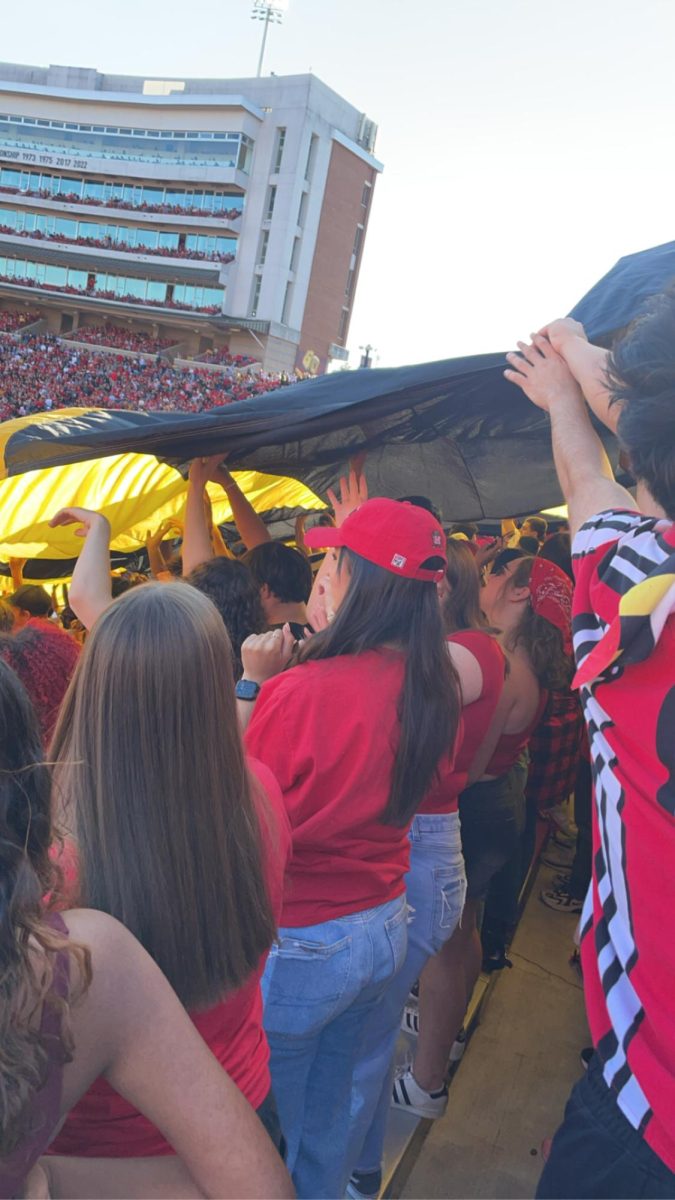Editors debate best, worst past VP nominees
Second in succession, first in our hearts
Presidential elections are not always defined by the person at the top of the ticket. Throughout U.S. history, vice presidential candidates have occasionally stolen the spotlight from their running mates. While some selections were unquestionably bad (we’re looking at you, Sarah Palin), often times they can be a vital addition to the ticket that, at the very least, doesn’t hurt their tickets in November. Here are a few examples of the best vice presidential candidates our country has had to offer.
Andrew Johnson (1864) – Selected by President Abraham Lincoln in the waning months of the Civil War, Johnson was a rare Southern unionist from Tennessee who believed that secession from the federal government was unconstitutional, and thus opposed the Confederacy. He ensured that, should the Union win the Civil War, the nation would still have the interests of the South represented in a high office so that the Northerners would not be able to dominate over Southern politics. He encouraged many Southerners who were previously unwilling to support President Lincoln to do so, thus helping to form a united America after the conclusion of the conflict in April 1865. Johnson was thrust into the presidency in 1865 following Lincoln’s assassination, and he is surprisingly considered one of the worst presidents in American history.
John Nance Garner (1932, 1936) – Garner had been an influential Texas congressman who had been in office for 30 years at the time of his election to the vice presidency on Franklin D. Roosevelt’s Democratic ticket in 1932. Though Roosevelt claimed to speak for the common man, he was in fact a liberal elite from New York. Garner provided a fresh voice for those struggling economically in the South and talked like a common American. A prime example of this is Garner describing the office of the vice presidency as not being worth “a bucket of warm piss.”
Richard Nixon (1952, 1956) – Nixon’s legacy is marred by his scandalous presidency from 1969 to 1974. Few, however, remember that he was a popular vice president under Dwight D. Eisenhower from 1953 to 1961. Nixon had developed a reputation as a staunch opponent of communism while serving in Congress, which made him all the more appealing to a panicking masses when selected by Eisenhower. His “Checkers” speech during the campaign cycle assuaged the fears of a public concerned about supporting Eisenhower, and the American Rhetoric Society named it the sixth best speech of the 20th Century.
Geraldine Ferraro (1984) – The 1984 election was historic not only because of Ronald Reagan’s 525-point landslide in the electoral college, but also because Geraldine Ferraro became the first female ever to appear on a major party’s ticket. She didn’t win, but her appearances often drew more crowds than those for Walter Mondale, who was the presidential nominee. Her selection was a major moment in the women’s rights movement and demonstrated that any woman can hold her own in the male-dominated political club.
Jack Kemp (1996) – Bob Dole knew he had little chance of defeating a popular President Bill Clinton in 1996, but Kemp helped keep things civil and in the years since he has been a hero of conservatives who praise his commitment to economics without radical social policies. He kept a bitter election from becoming too harsh, as had happened in 1992.
Matthew Klein
Managing Editor
Get ready to TP these past VP nominees
As the second most important person elected in America, the vice president is often overlooked in the powers that they hold in office. While it may not be as crucial to have a good VP as it is to have a good president, we must remember the vice president has some important duties. If the president were to die, the VP immediately assumes office, which is something to consider while casting a ballot. Additionally, the vice president serves as the leader of the Senate.
Some vice presidential candidates can baffle us, and, if they go on to serve, prove their unworthiness in office. Here are the worst five candidates, either a nominee or elected, that the US has ever seen.
Spiro Agnew, elected 1969-73: A once loved public figure, Agnew began feuding with running mate Richard Nixon. Nixon went so far as to say that he would never be assassinated, as no one would want Agnew to run the country. What did Agnew in was when he was indicted for tax evasion, fraud, bribery, extortion and conspiracy in 1973. As the governor of Maryland he took enormous bribes, and quickly resigned as vice president.
Sarah Palin, nominee 2008: A well-liked governor of Alaska, Palin was chosen by Republican candidate John McCain because of her strong dislike for corruption and her positive image with the majority of America. It wasn’t until multiple interviews were complete that the Republican party decided she was more of a loon than anything else, and perhaps she wouldn’t be the wisest choice. It didn’t help that she had controversial opinions on hunting, including her hobby of hunting the declining caribou population in Alaska.
Dick Cheney, elected 2001-09: When Cheney left office, his approval rating was 13 percent, so it’s fair to say there was a strong distaste for him. He was notorious for forcing policy making power into his own hands, which most Americans didn’t take kindly to. He was one of the prime reasons that the US invaded Iraq, a controversial action even to this day. And who could forget that Cheney shot someone in a quail hunting accident?
Aaron Burr, elected 1801-05: Burr killed the former Secretary of the Treasury while he was in office. Upon leaving office he headed a mutiny to create a new nation out of the Louisiana Purchase and parts of Texas, for which he was accused of treason. He also stabbed allies in the back, borrowed an incredible amount of money and cheated on his first wife with her servant.
Dan Quayle, nominee 1988, 1992: A young Quayle barely made any public appearances following his 1988 nomination. As a whole, he was an embarrassment to both George H.W. Bush and the White House due to his mispronunciations, mistakes and humiliating gestures. He was an unintentional clown and was disliked by the public. Not to mention he once publicly misspelled “potato.”
Max Jordan
Editor-in-Chief



